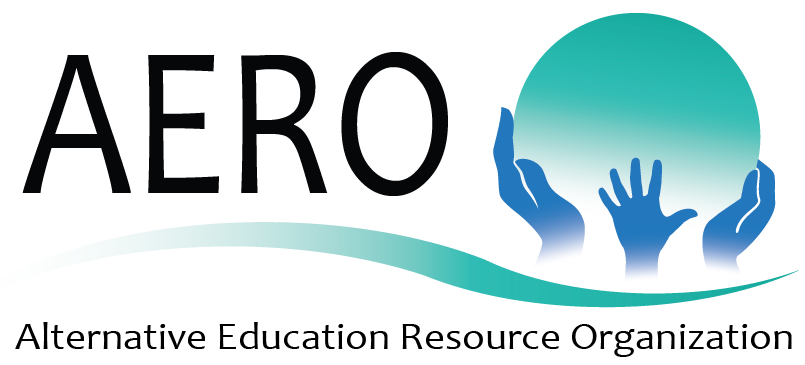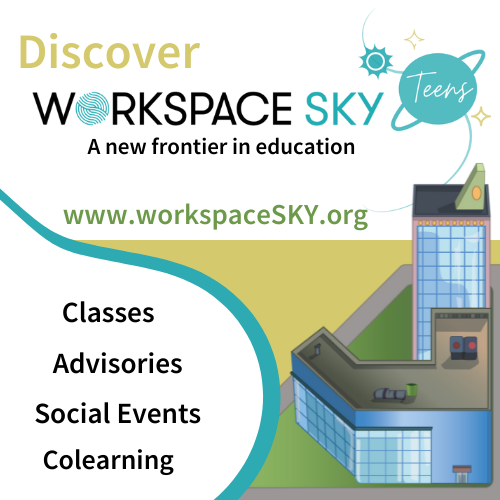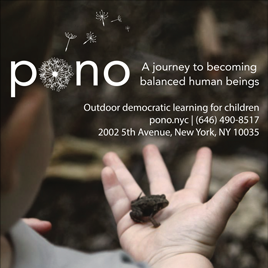Clara Barton Open School: Principal
“Education is a social process. Education is growth. Education is, not a preparation for life;
education is life itself.” John Dewey
Clara Barton Open School, a K-8 magnet school in the Minneapolis Public School System, is seeking a
visionary and dynamic principal to lead a teaching staff and parent community that is deeply committed
to the principles of progressive education.
Founded in 1982, the Barton program has fostered student-centered teaching practices built around the following qualities:
- A commitment to inviting authentic and active engagement from all learners
- Respect for differences in how students learn
- A social-emotional curriculum that is viewed as foundational to student academic success
- A belief that the school can and should prepare students for active participation in a democratic
Salary and terms of employment are in accordance with the Minneapolis Public Schools collective bargaining agreement with the Minneapolis Principal’s Forum, available here. Additional information about the qualifications required to become a Principal within Minneapolis Public Schools is available
ABOUT MINNEAPOLIS PUBLIC SCHOOLS PRINCIPALS
The principal is a senior leader in the MPS system responsible for setting an ambitious vision for student achievement and leading the school community to realize the vision. The principal strategically implements the school’s mission and effectively manages students, staff and resources to prepare every child to be ready for college, career, and life.
The principal is responsible for:
- Leading instruction
- Building a culture that prepares all students for success
- Managing and developing staff members towards results
- Organizing resources and stakeholders around a vision of excellence
- Adhering to school district, state, and federal requirements
Mindsets and Dispositions:
- A deep belief that all students can and will excel academically
- Initiative, persistence and drive to go above and beyond
- Resilience in the face of challenges and an orientation toward solutions
- High expectations for self and others
- Drive to continuously improve, commitment to using data, and openness to feedback
- Confidence to lead with humility, authenticity, and personal responsibility
- Student and school performance data
- Mission and values of school community
- Best practices in management and leadership (e.g., effective systems and processes to develop human capital in support of student learning, theories about leading change, etc.)
- Best practices in curriculum, instruction, and assessment, including for special student populations (e.g., English learners, students who receive special education services, and students who are advanced, off track, etc.)
- Principles and practices of administrative management, including strategic planning, budgeting, and contract management
- Legal, ethical and professional rules of conduct
- Developing an ambitious vision and setting aligned goals
- Creating a school strategic plan
- Executing plans and effectively managing resources to achieve goals (including planning, organizing and coordinating work of assigned staff members)
- Strategic problem solving
- Setting clear expectations and holding others accountable for performance
- Engaging, motivating, and empowering others
- Using data and evidence to inform decisions and ensure continuous improvement
- Assessing and reprioritizing tasks, projects, and demands when necessary
- Taking action to achieve goals and mission without day-to-day direction and despite ambiguity, obstacles, and/or resistance
- Assuming responsibility for mistakes, while consistently following up with analysis and corrective action
- Building relationships and communicating effectively with diverse stakeholders (e.g., students, families, staff members and the broader community), verbally and in writing
- Collaborating and building effective teams
- Hiring, evaluating, developing, and retaining an effective school staff
- Operating a personal computer utilizing standard and specialized software
- Ability to learn MPS, state and federal policies, procedures and programs
Education, Training and Experience
Master’s Degree in Education or a closely related field; AND three (3) years of professional teaching
Preferred Qualifications
- Successful experience as a principal, principal intern, assistant principal, or teacher leader, preferably in an urban school
- Exceptional results with raising student achievement
- Experience transforming a team or organizational unit
LICENSE AND CERTIFICATION REQUIREMENTS
- A valid Principal’s license in the State of Minnesota
- A K-12 education license from the Minnesota Board of Teaching
- A valid driver’s license may be required
To speak to a recruiter immediately about this position, please email your current resume and a letter of
interest to clarabartonprincipal@gmail.com

















